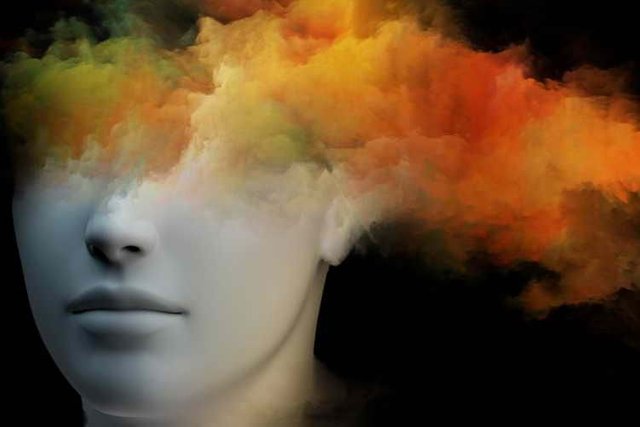Harvard Professor Says 95% of Purchasing Decisions Are Subconscious

Why do consumers buy one product over another? How do you develop brand loyalty? How do you maximize customer engagement?
According to Harvard professor Gerald Zaltman, the answer to all these questions is directly related to the subconscious mind. In Zaltman's book, "How Customers Think: Essential Insights into the Mind of the Market," the professor reveals many exciting ideas that can be helpful to marketers and brands.
Contrary to popular belief, consumers aren't as savvy as they might like to believe. For example, while many consumers report comparing multiple competing brands and price points when evaluating a purchasing decision, Zaltman's research indicates that this is not actually the case.
Also, by studying consumer's unconscious physical reactions, Zaltman found that what they really think or feel often contradicts what they say.
Why aren't consumers truthful about their purchasing thoughts and feelings? Well, a big reason is that they are driven by unconscious urges, the biggest of which is emotion.
Emotion is what really drives the purchasing behaviors, and also, decision making in general.

Studies completed by neuroscientists have found that people whose brains are damaged in the area that generates emotions are incapable of making decisions.
This idea is of great importance because it helps us realize that human beings are not as logical as we might imagine. And understanding this has significant implications for marketing, sales, and branding.
For example, by only marketing the attributes of your product, you will likely generate lackluster results. And the poor results you receive are due to the fact you are completely missing the subconscious, human element in the decision-making process.
Humans are driven by feelings. So if you want the consumer to remember your product or brand, they must be engaged and impassioned by the interaction with your company.
Good marketers utilize this concept all the time, and examples of emotion-based campaigns are everywhere. Think for a moment, what is actually being sold in most marketing campaigns.

Luxury goods target our feelings of self-worth, acceptance, and status in the world. Communication devices excite us by offering a connection to friends, family, and a broader network of people. Athletic brands inspire by offering adventure and glory through the act of competition. And many other products, such as perfume, cologne and lingerie, target emotions related to love, relationships, and sexual desires.
As marketers, we should still focus on the features of the product. But we must also sell the lifestyle and the feeling. The key is to highlight the emotional response a consumer will achieve by using the product.
As the old saying goes - sell the sizzle, not the steak.
And to achieve the highest emotional response, you should target your consumer through many different senses. For example, think about the colors and shapes on your logo, homepage, or product packaging. How do they make consumers feel? Consider the words and messaging carefully. Are they emotive and engaging? What is the experience of your retail location? These face-to-face interactions should give customers a certain feeling about your brand.
A lot of what drives consumers is subconscious behavior. But this shouldn't be perceived as a bad thing. There's nothing manipulative about helping consumers achieve desired states of emotion. Product and services are designed to satisfy a customer desire or want, and like it or not, those desires always contain an emotional component.